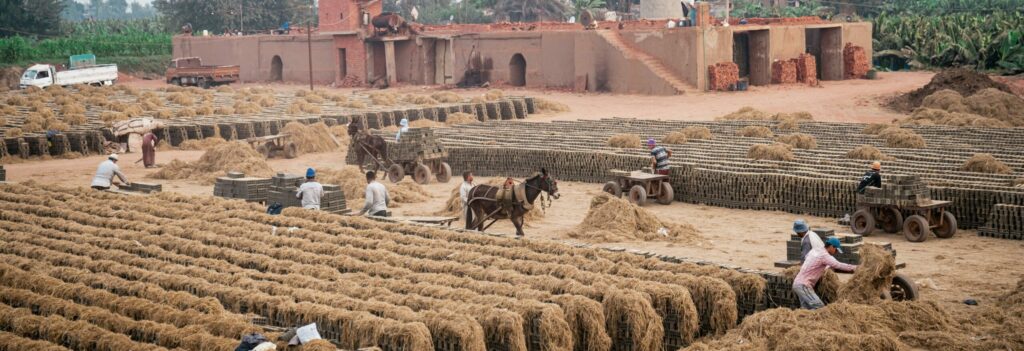Another fascinating picture of life along the Nile we get from the story of Moses' birth. Sometime after Pharaoh gave the order to throw into the Nile the sons to be born to the Israelites, a son was born to Amram and Jochebed, who were among the slave families – and of course that son was Moses!
Jochebed, who wanted to save her beautiful baby, hid him in her home for three months, until he could no longer be hidden.

Then she decided to make a small box, or basket, into which she would put her baby, and then send the box across the Nile, hoping that it would be found and that someone would adopt her son. According to the story, it was Pharaoh's daughter who found the box with the baby:
"When she saw that he was a fine child, she hid him for three months. But when she could hide him no longer, she got a papyrus basket for him and coated it with tar and pitch…" . (Ex. 2 :2-3)
The fact that Jochebed made the box from papyrus and coated it with tar is what matters to us. Papyrus is a plant that grows in water and appears in thousands of wall paintings found in Egypt, which testifies to its great importance – and rightly so!
Papyrus was an important component of Egyptian industry. It was used for weaving baskets and sandals. From the papyrus, they prepared small boats for the transport of goods, which they sailed on the Nile. And of course, from the papyrus they made paper, and to this day the word "paper" preserves the name of the plant from which it was made. Since the papyrus grew along the banks of the Nile, and since it was widely used, it makes sense that Jochebed made the box out of it.
The tar she used to coat the box was another material widely used in Egyptian industry. Tar is a bituminous and viscous material used by the Egyptians to sealant the boats and ships that sailed across the Nile and was also used to mummify mummies.













